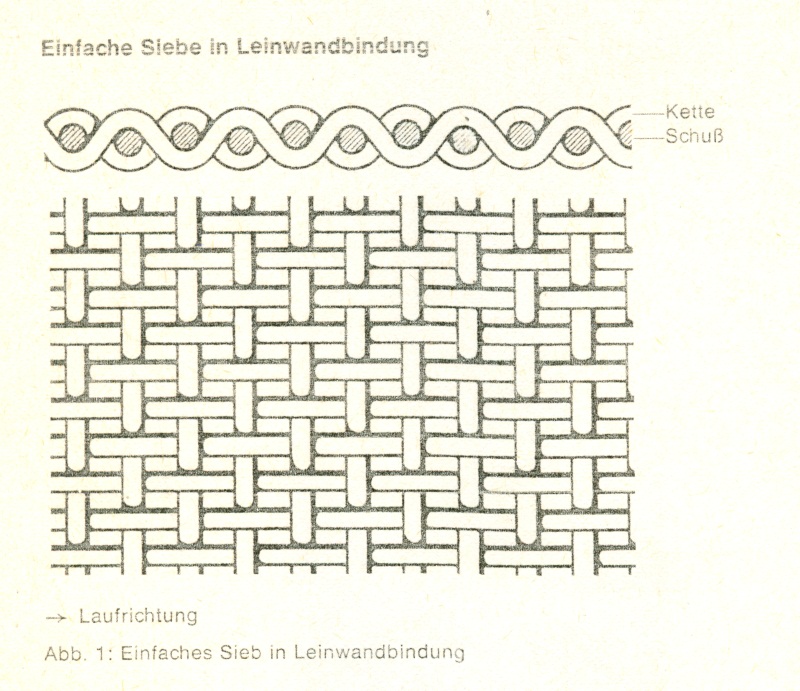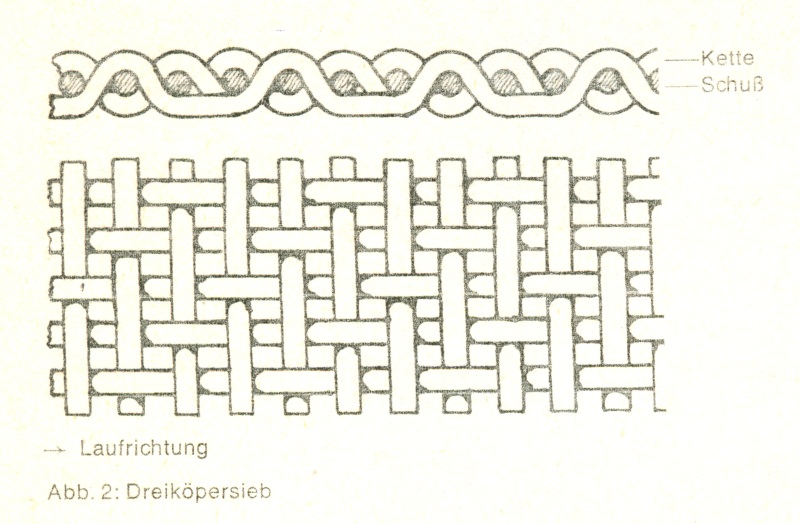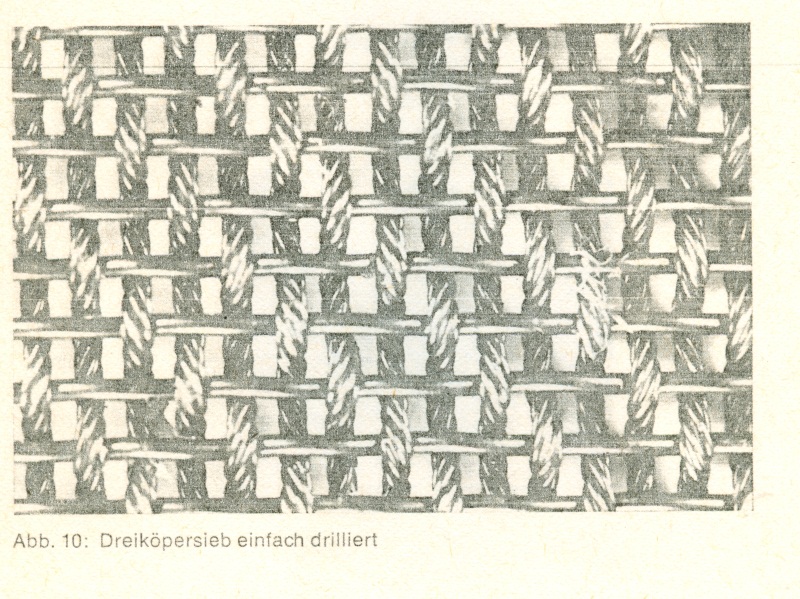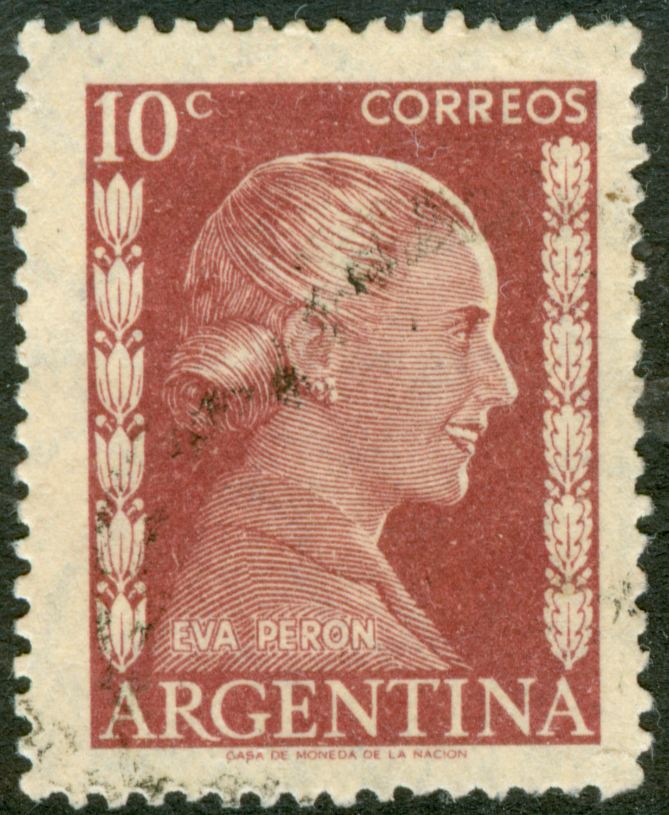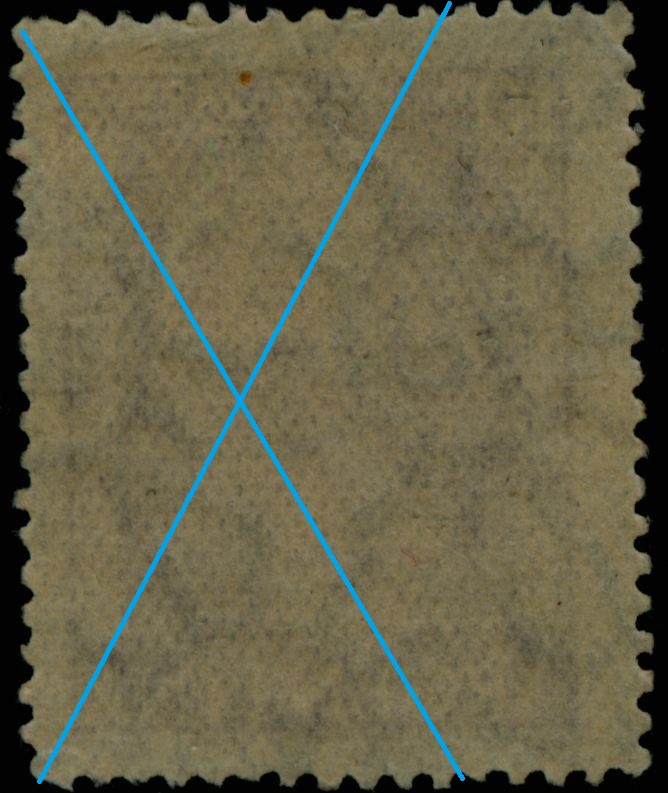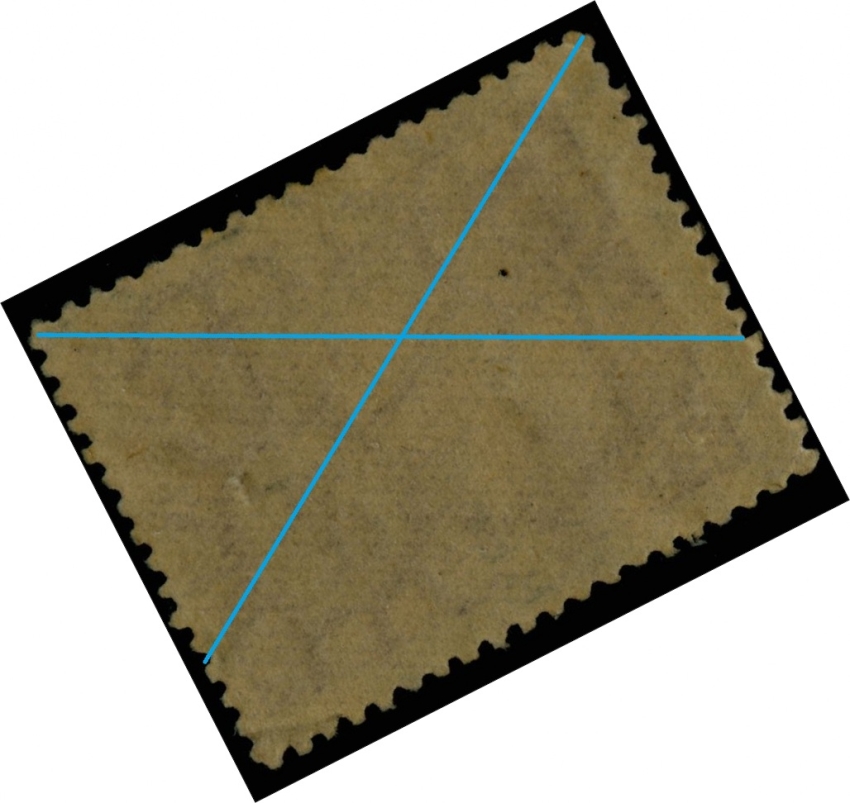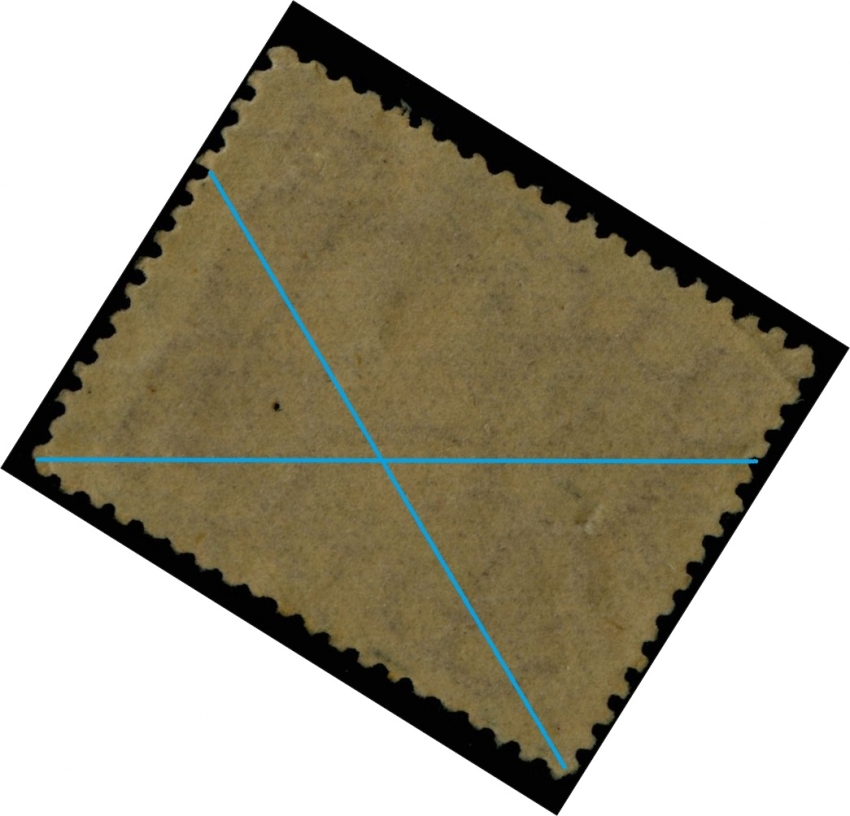José,
the subject of paper structures [wires, watermarks] is one of the most difficult subjects of philately. I know of well-wrought philatelic Manuals that avoid the subject simply because it was considered too difficult!
The main problem had been the problems of visualizing what the trained eye can see - in either preparing drawing or give verbal descriptions. Fortunately we have strong computer scanners now, which - by using 1200dpi or more - can help us visualizing! That is what Tony Rubiera and I are doing, and I think we should instruct the beginning philatelists how to do the trick!
Linen-bindng:
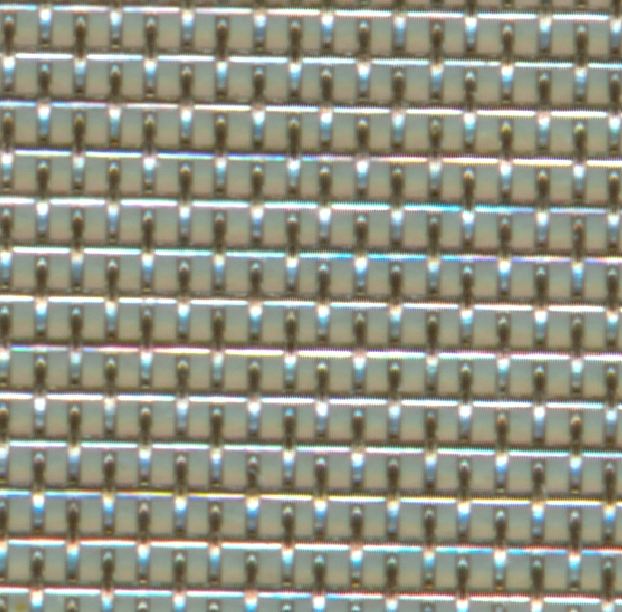
after connecting the cross-overs by a blue line:
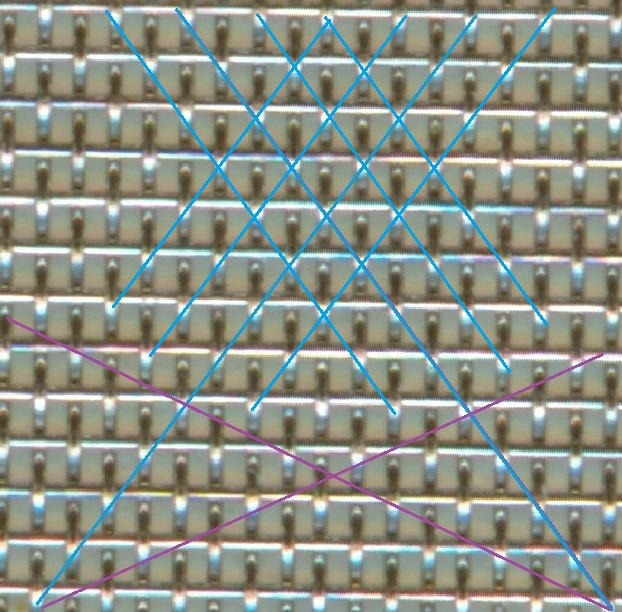
Twill-binding:
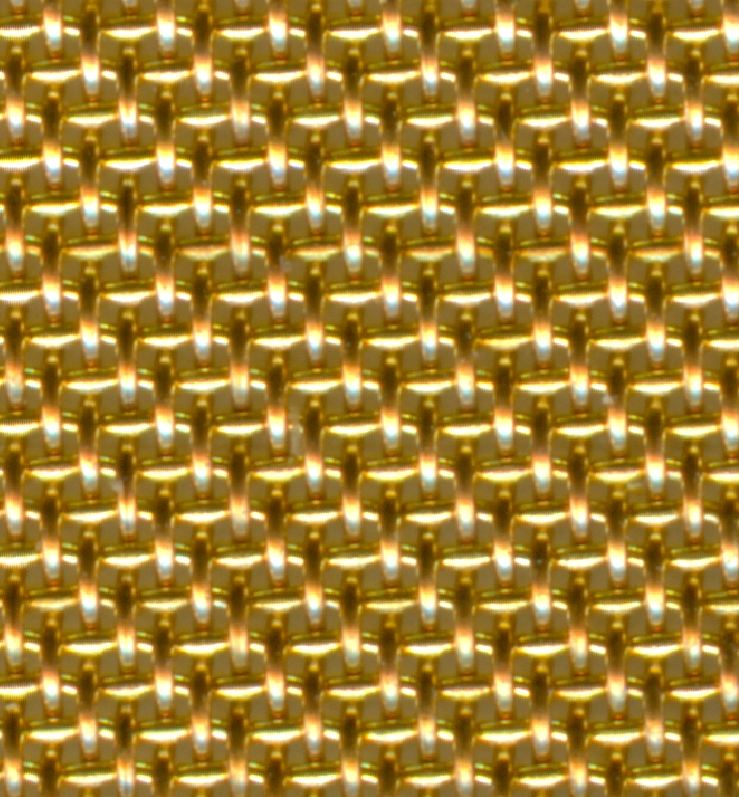
after connecting the cross-overs by a blue line:
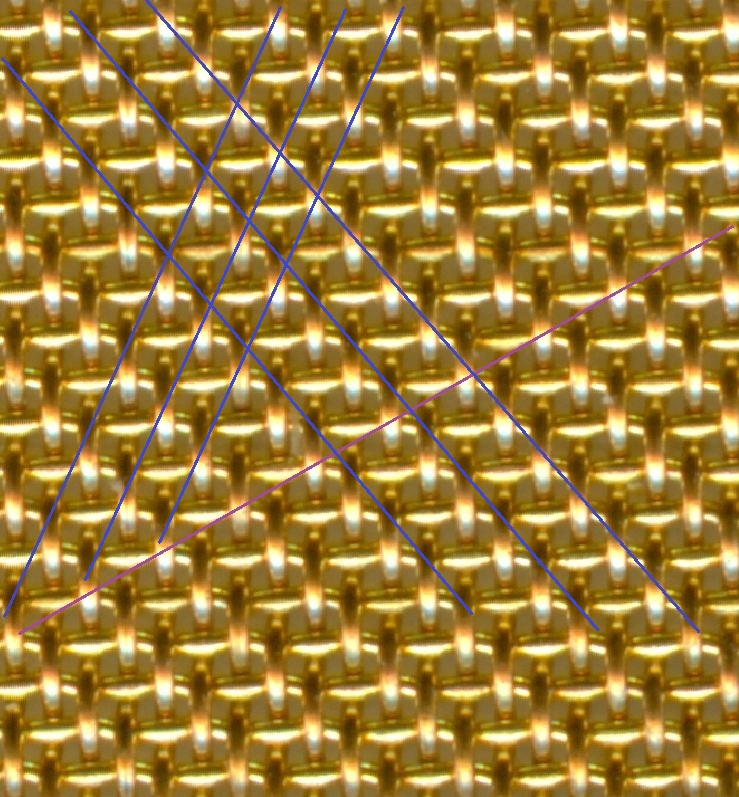
The purples lines represent diagonals our eyes are less likely to see, but still!
In the linen-binding the diagonals are symmetrical and are equidistant - the next parallel blue line is just as far way in the case of the ascending lines as of the descending lines.
In the twill-binding, however, the ascending blue lines are nearer to each other!
I hope this will make it clear why I refer to the linen-binding as symmetrical and to the twill-binding as asymmetrical. It is not just the angles of the blue lines but also the density!

